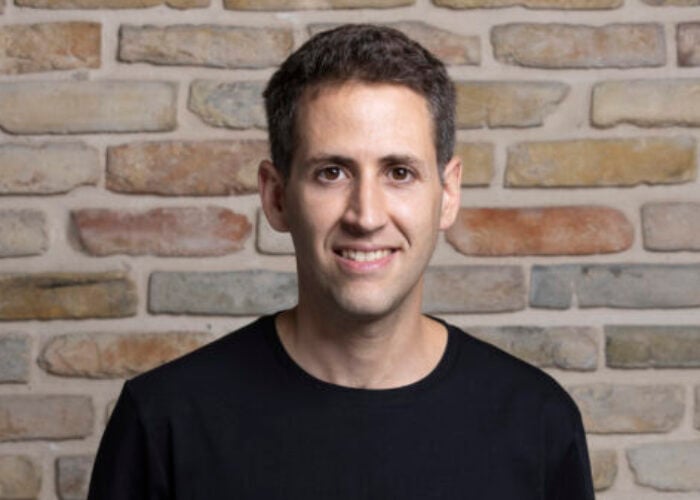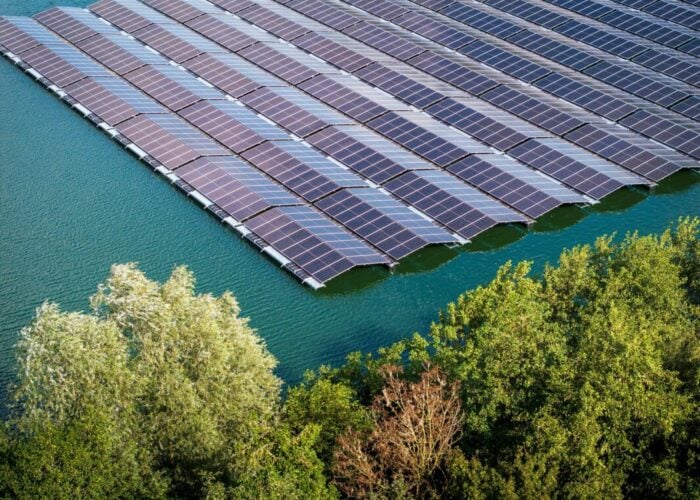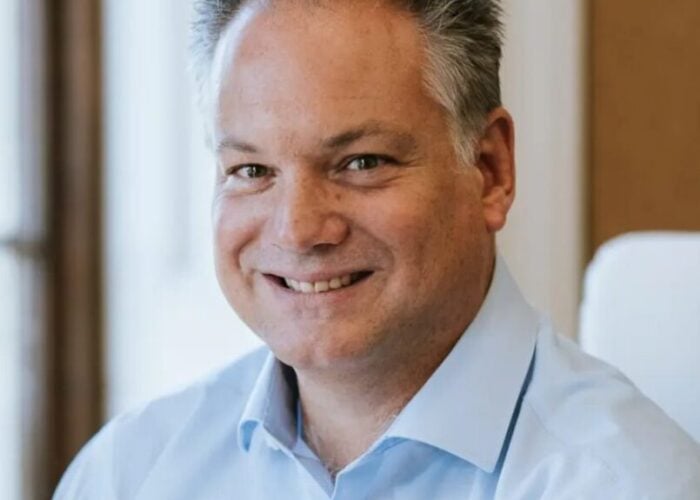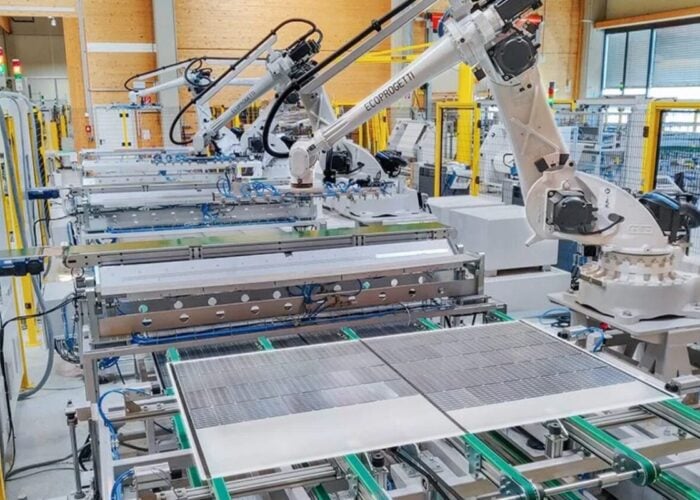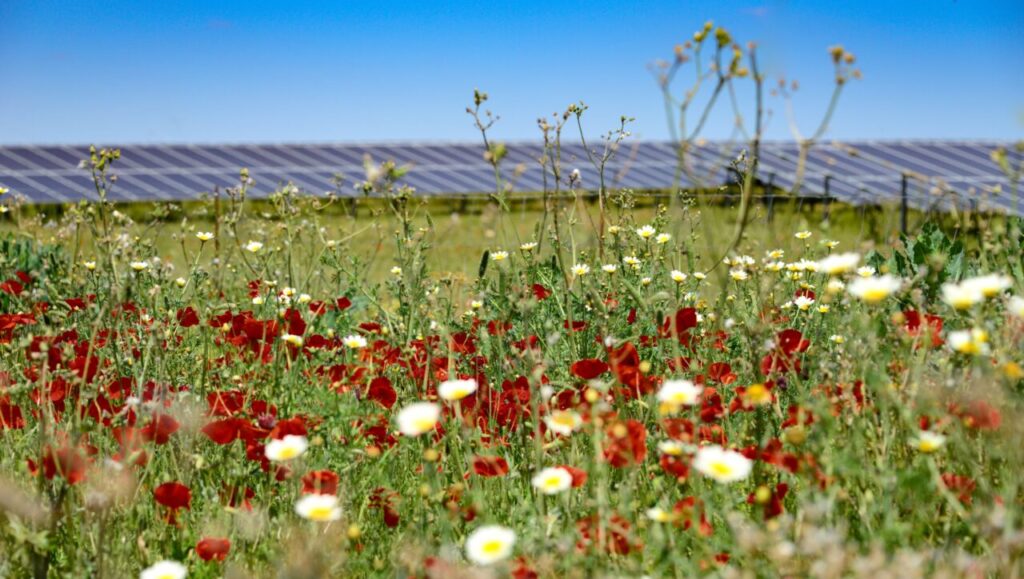
The need to optimise the performance of solar PV projects in the long-term will require a skillset beyond that which traditional engineering, procurement and construction (EPC) firms possess, which can best be described as “value-added EPC”.
This is a key takeaway from PV Tech Premium’s conversation with Tomaso Charlemont, head of revamping and repowering in the EMEA region at German renewable power giant BayWa r.e., published today. Revamping and repowering are paired processes that aim to optimise electricity generation in the long term. The former seeks to return an ageing plant to its original capacity, while the latter aims to build on the original asset’s capacity.
Try Premium for just $1
- Full premium access for the first month at only $1
- Converts to an annual rate after 30 days unless cancelled
- Cancel anytime during the trial period
Premium Benefits
- Expert industry analysis and interviews
- Digital access to PV Tech Power journal
- Exclusive event discounts
Or get the full Premium subscription right away
Or continue reading this article for free
However, as revamping and repowering must be completed while solar projects are connected to grids and in commercial operation and will involve the replacement of older components with cutting-edge technologies, such work can be highly complex.
“It is a business which keeps evolving, year after year,” said Charlemont. “It is important to understand that revamping and repowering is a complex construction business. It is not a quick fix, where you go in, replace a few components, and you are done.”
“We are an EPC, by doing engineering, procurement, contracting [and] construction, but with the added value of doing all that in the context of an existing plant on top. It is a new discipline, and that is what brings this complexity to the table.”
Charlemont also noted that the picture is muddied further by the range of policy frameworks across the regions in which BayWa r.e. operates, including Germany and France, which add complexity for companies keen to engage in value-added EPC work.
However, Charlemont also suggested that the potential value of modernising existing solar projects, and taking advantage of project components such as land and grid connections, means that there is likely to be a “huge wave” of interest in revamping and repowering, despite these complications.
“Plants [that are not revamped] will need to be dismantled at the end of their designed life; what remains is a piece of land, for which a building permit has already been established and a grid connection,” said Charlemont. “This will trigger a new momentum that will be the huge wave of repowering; building a new plant where there has been one previously.”
Read PV Tech Premium’s full interview with Charlemont here.

